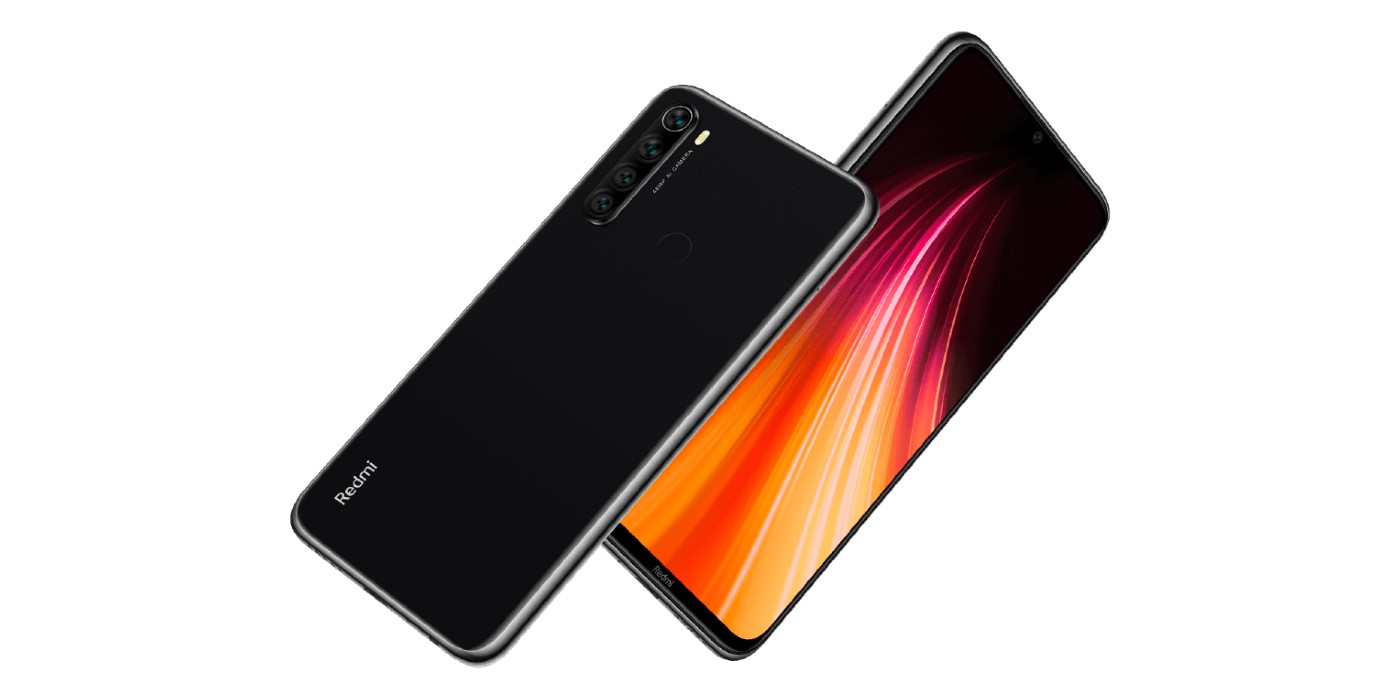Although Redmi has expanded its portfolio to include tablets, laptops, and smart TVs, smartphones are still a big part of its business, and here are some of the most notable ones it has released.
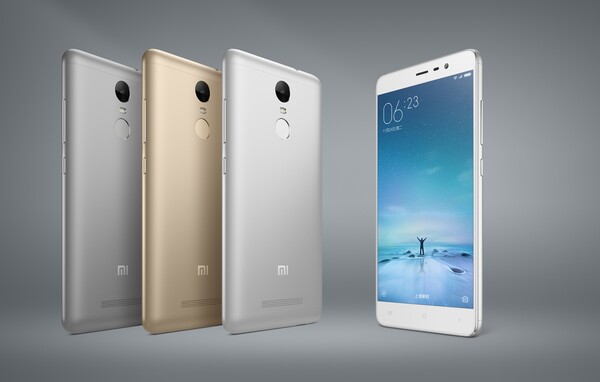
The Redmi Note 3 was first released in November 2015 in China. This version launched with a MediaTek processor, the Helio X10, to be specific. However, the Redmi Note 3 became a huge hit when Xiaomi launched a Snapdragon edition of the phone in 2016. This variant was available outside of China and sold millions of units.
There are a few reasons why the Redmi Note 3 was a huge success. For starters, it was the first Redmi smartphone with a metal unibody, ditching the plastic enclosure of its predecessor. It was also the first Xiaomi phone with a fingerprint scanner. However, it also had a few flaws.
Its camera performance was average and the phone launched with an older version of Android, despite a newer version being available. It also had its speaker on the rear which could get easily muffled if you placed the phone with its screen facing up. Nevertheless, the Redmi Note 3 was one of Xiaomi’s (read Redmi’s) most popular budget smartphones.
The Redmi Note series has come a long way since then. While Redmi still launches models with both MediaTek and Snapdragon processors, newer models such as the Redmi Note 12 have an AMOLED display with a high refresh rate, an official IP rating, and a glass back.
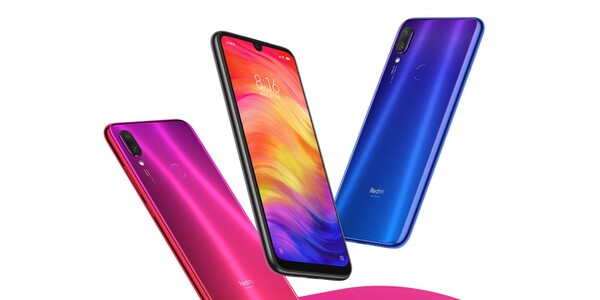
Announced in 2019 as the first smartphone following the spin-off of Redmi as a subsidiary, it brought a major refresh to the Redmi Note series. The Redmi Note 7 debuted a new design made from new materials and also packed some interesting features.
Starting with the design, the Redmi Note 7 dropped the wide notch of the Redmi Note 6 Pro for a much smaller U-shaped notch with a single front-facing camera instead of two cameras like its predecessor. The Redmi Note 7 also launched as the first Redmi Note smartphone with a glass back. Both the display and the back were covered with Gorilla Glass 5, and Redmi made sure to market this feature by carrying out some pretty bizarre durability tests on the phone.
However, the highlight of the Redmi Note 7 was the 48 MP dual rear camera. The Redmi Note 7 (global version) was one of the first smartphones with a 48 MP primary rear camera, and it took some really decent photos both in daytime and in low-light conditions.
Eight months after it launched, Redmi announced it had sold over 20 million units of the Redmi Note 7 series worldwide, making it one of the more popular Redmi Note series.
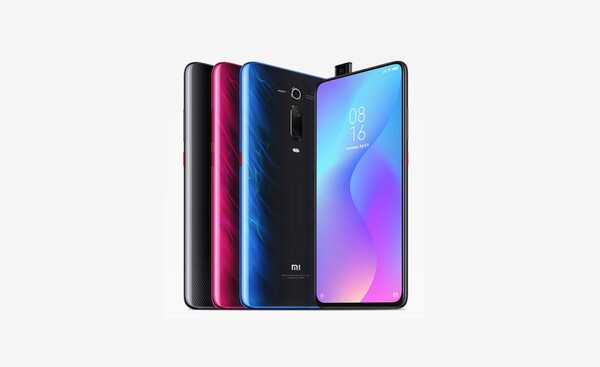
If you have been a Redmi fan for long, then you should expect the Redmi K20 Pro to make the list of the best phones Redmi has ever released. Launched as the first Redmi flagship, the Redmi K20 Pro shipped with the Snapdragon 855 processor, the same one that powered other 2019 flagships such as the Samsung Galaxy S10 and the Xiaomi Mi 9.
The Redmi K20 Pro, alongside its mid-range sibling, the Redmi K20, were also the first Redmi smartphones with a motorized pop-up selfie camera. Other features which could be considered premium which it had include an AMOLED panel, 27 W fast wired charging, a telephoto camera, and an under-display fingerprint scanner.
The Redmi K20 Pro launched in China and India but made its way to other markets as the Xiaomi Mi 9T Pro. Redmi also announced a third variant called the Redmi K20 Premium, which launched with the Snapdragon 855 Plus processor.
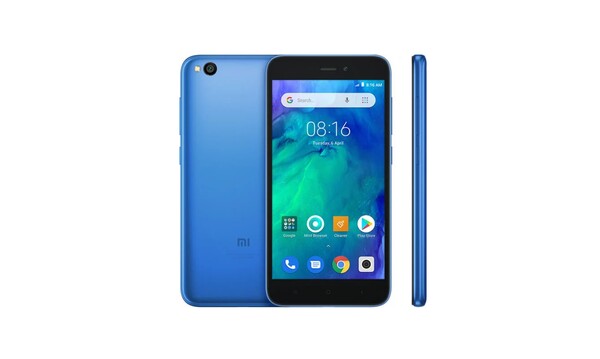
The Redmi Go was the first Redmi smartphone to ship with Android Go, the version of Android made for smartphones with entry-level specifications. This pocket-friendly smartphone, which had a launch price of €80, hit store shelves running Android 8.1 Oreo (Go Edition). And unlike other Redmi smartphones, it didn’t have a custom skin on top of Android.
This isn’t surprising considering its specs which included 1GB of RAM and a Snapdragon 425 processor were pretty basic and wouldn’t be able to handle the heavy MIUI custom skin. However, it did come with a few Xiaomi apps as well as the suite of Google Go apps such as YouTube Go, Google Assistant Go, and Gallery Go.
Another interesting feature of the Redmi Go was its compact form factor even with the thick bezels bordering its 5-inch 720p display. It also had dual SIM support and a dedicated MicroSD card slot that allowed users to expand its meagre 8 GB or 16 GB of internal storage.
Unfortunately, while Redmi didn’t announce a successor to the Redmi Go, it has not stopped making budget smartphones, and if you are on the search for one, the Redmi A2 (curr. €80 on Amazon) is a good option.

I love writing about consumer technology and have written thousands of articles that help people make informed decisions or get the best out of their devices. When I am not working, I am catching up on movies and TV shows or logging in hours on my Nintendo Switch or PlayStation.

Alex Mitchell is your go-to expert for all things mobile. With a passion for the latest smartphones, apps, and mobile innovations, Alex provides in-depth reviews, insightful analyses, and breaking news about the ever-evolving world of mobile technology. Stay connected with Alex to navigate the fast-paced realm of mobile devices.

